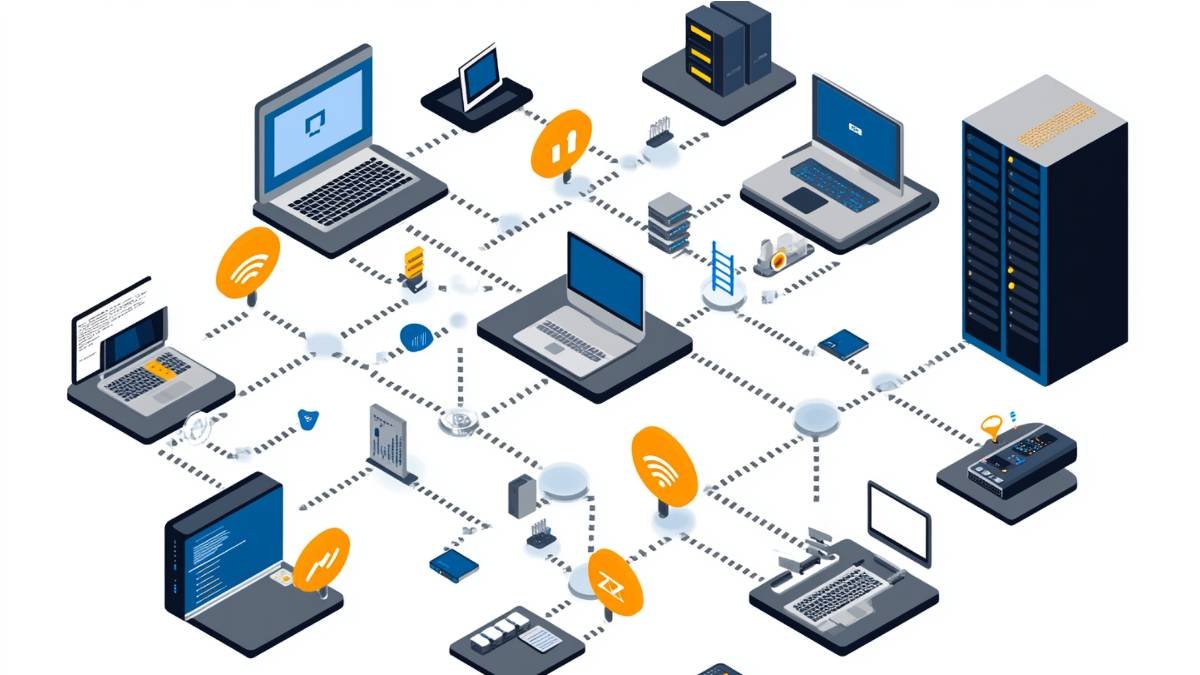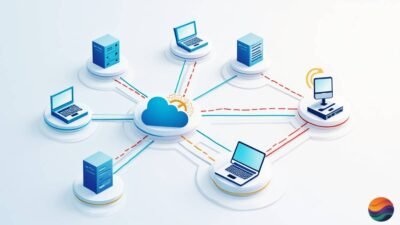In today’s IT landscape, managing devices and applications efficiently is crucial for any organization. System Center Configuration Manager (SCCM), now part of Microsoft Endpoint Manager, offers a robust solution for managing large groups of computers running various operating systems. In this post, we will delve into the architecture of SCCM and explain its key components in detail. 🚀
What is SCCM?
SCCM is a comprehensive management tool that allows IT administrators to manage software distribution, updates, operating system deployments, and security compliance across multiple devices from a centralized location. By understanding its architecture, you can leverage its capabilities to streamline your IT processes effectively.
Key Components of SCCM Architecture
The architecture of SCCM comprises several essential components that work together seamlessly. Let’s break them down:
1. Site Server 🖥️
The site server is the core component of SCCM architecture. It hosts the Configuration Manager site database and provides services such as client management, software distribution, and reporting.
– Example: Imagine your organization has multiple departments; each department may have different software needs. The site server manages these requirements by distributing the appropriate software packages to each department’s devices.
2. Site Database (SQL Server) 📊
The site database stores all configuration data related to clients, applications, user information, and more. This SQL Server database is critical for maintaining the integrity and performance of SCCM.
– Example: If an employee moves from one department to another within your organization, their new software access can be updated in the site database without needing manual intervention on individual machines.
3. Management Point (MP) 🌐
The Management Point acts as a communication channel between clients and the site server. It handles requests from clients regarding policy retrieval and content location.
– Example: When a client device checks for updates or new policies, it communicates with the Management Point to receive instructions on what actions to take next.
4. Distribution Point (DP) 📦
Distribution Points are servers that store files needed by clients for installation or updates—such as applications or OS images—ensuring efficient content delivery across the network.
– Example: If you deploy a new application across all company laptops, Distribution Points ensure that users download it quickly without overwhelming your bandwidth.
5. Client 💻
The client refers to the device where SCCM is installed for management purposes—be it desktops, laptops, or servers. Clients communicate with both the Management Point and Distribution Points based on assigned configurations.
– Example: Each employee’s laptop in your company runs an SCCM client that regularly checks in with Management Points for policy updates or software installations automatically.
6. Reporting Services Point 📈
This component enables reporting features within SCCM by integrating SQL Server Reporting Services (SSRS). It allows administrators to generate reports based on various metrics like deployment status or compliance levels.
– Example: You can create reports showing which devices are compliant with security patches versus those that aren’t—helping prioritize remediation efforts effectively!
7. Software Update Point (SUP) 🔄
The Software Update Point integrates with Windows Server Update Services (WSUS) allowing administrators to manage updates deployed through SCCM easily.
– Example: When Microsoft releases critical security patches every month (Patch Tuesday), you can configure SUP to automatically distribute these updates according to your organization’s schedule.
Conclusion 🎉
Understanding the architecture of System Center Configuration Manager helps organizations maximize their IT efficiency while ensuring compliance and streamlined operations across numerous devices. By leveraging key components like Site Servers, Distribution Points, and Reporting Services Points effectively, businesses can maintain control over their environments while minimizing downtime and maximizing productivity.
Whether you’re an IT administrator looking to optimize your current setup or just starting with SCCM implementation in your organization—this knowledge serves as a foundation for successful management practices!
With its powerful tools at your disposal, embracing technology like SCCM can pave the way toward smoother operations today! 🌟
Feel free to share this article if you found it helpful! What aspects of SCCM do you find most challenging? Let us know in the comments below! 👇




